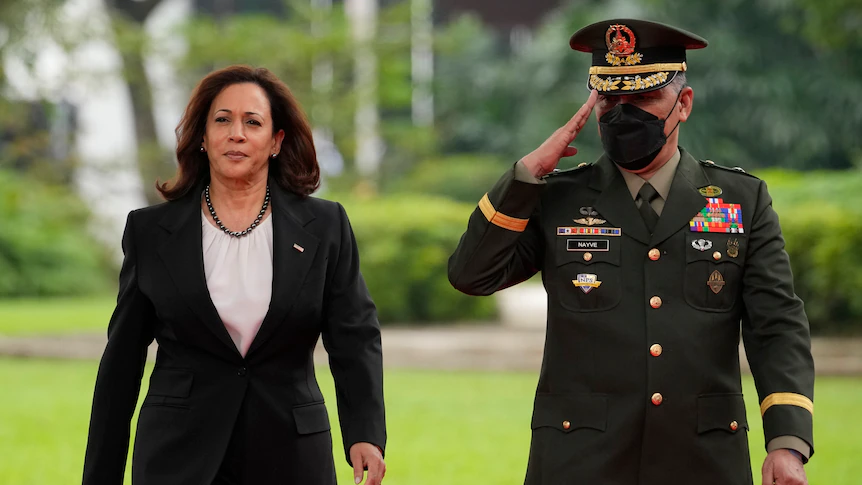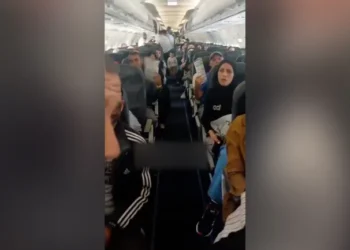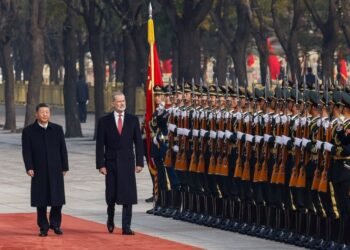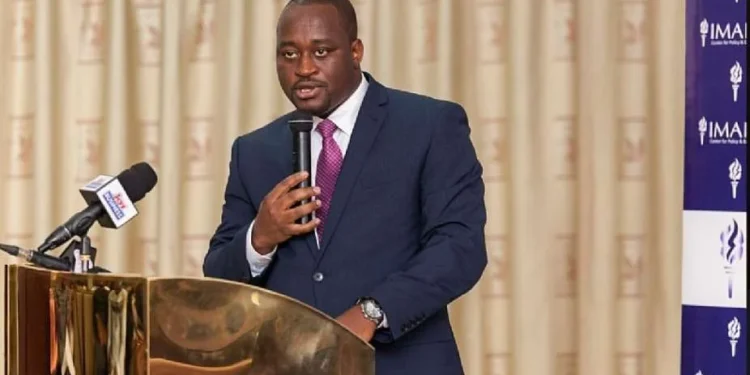Vice President of United States of America, Kamala Harris is in Philippines for a two-day visit that will include a trip to Western Palawan Province which faces the disputed South China Sea.
Harris is scheduled to have a meeting with President Ferdinand Jr. and other officials on Monday, November 21, 2022.
Kamala Harris will launch a range of United States assistance and projects to help the Philippines deal with climate change and imminent energy and food shortages.
The Philippines, a former American colony, used to host one of the largest U.S. Navy and Air Force bases outside the American mainland. The bases were shut down in the early 1990s, after the Philippine Senate rejected an extension.
However, American forces returned for large-scale combat exercises with Filipino troops under a 1999 Visiting Forces Agreement.
According to coast guard spokesperson, Commodore Armand Balilo, Harris is scheduled to fly to Palawan to meet fishermen, villagers, officials and the coast guard where she will deliver a speech on Tuesday, November 22, 2022.
Harris will accentuate the importance of international law, unimpeded commerce and freedom of navigation in the South China Sea. She is expected to affirm a 2016 ruling by an international tribunal that invalidated China’s vast territorial claims in the South China Sea on historical grounds.
China rejected the decision by an arbitration tribunal set up in The Hague, under the United Nations Convention on the Law of the Sea. This happened after the Philippine government complained in 2013 about China’s increasingly aggressive actions in the disputed waters. China did not participate in the arbitration.

United States Pursues Expansion Of Military Presence In Philippines
The United States is seeking an expansion of its military presence in the Philippines under a 2014 defense pact.
In 2014, the United States and Philippines signed the Enhance Defense Cooperation Agreement, which allows larger numbers of American forces to stay in rotating batches within Philippine military camp where they could build warehouses, living quarters, joint training facilities and store combat equipment, except nuclear arms. The Philippines could take over those buildings and facilities when the Americans leave.
After the agreement was signed, the Americans launched construction projects in five Philippine camps and areas, including in the country’s south, where United States counterterrorism forces have helped to train and provide intelligence to their Filipino counterparts for years. Many of the projects were delayed by legal issues and other problems.
New areas have been identified and would be developed to expand joint security cooperation and training. However, the projects would have to be finalized with the Philippines.
Philippine military chief of staff, Lt. Gen. Bartolome Bacarro, mentioned last week that the United States wanted to construct military facilities in five more areas in the northern Philippines.
“Two of the new areas proposed by the Americans were in northern Cagayan province,” Bacarro revealed. Cagayan is across a strait from Taiwan and could serve as a crucial outpost in case tensions worsen between China and the self-governed island that China claims as its own.
“The other proposed sites included the provinces of Palawan and Zambales,” he added. They both face the South China Sea and would allow an American military presence nearer the disputed waters to support Filipino forces.
The Philippine Constitution prohibits the presence of foreign troops in the country except when they are covered by treaties or agreements.























